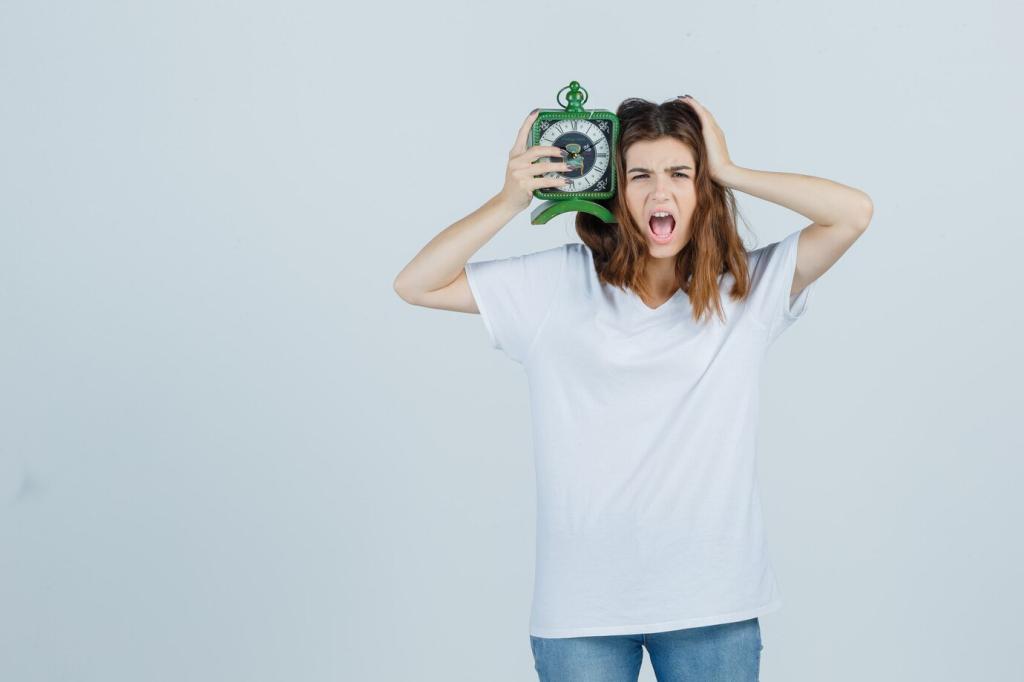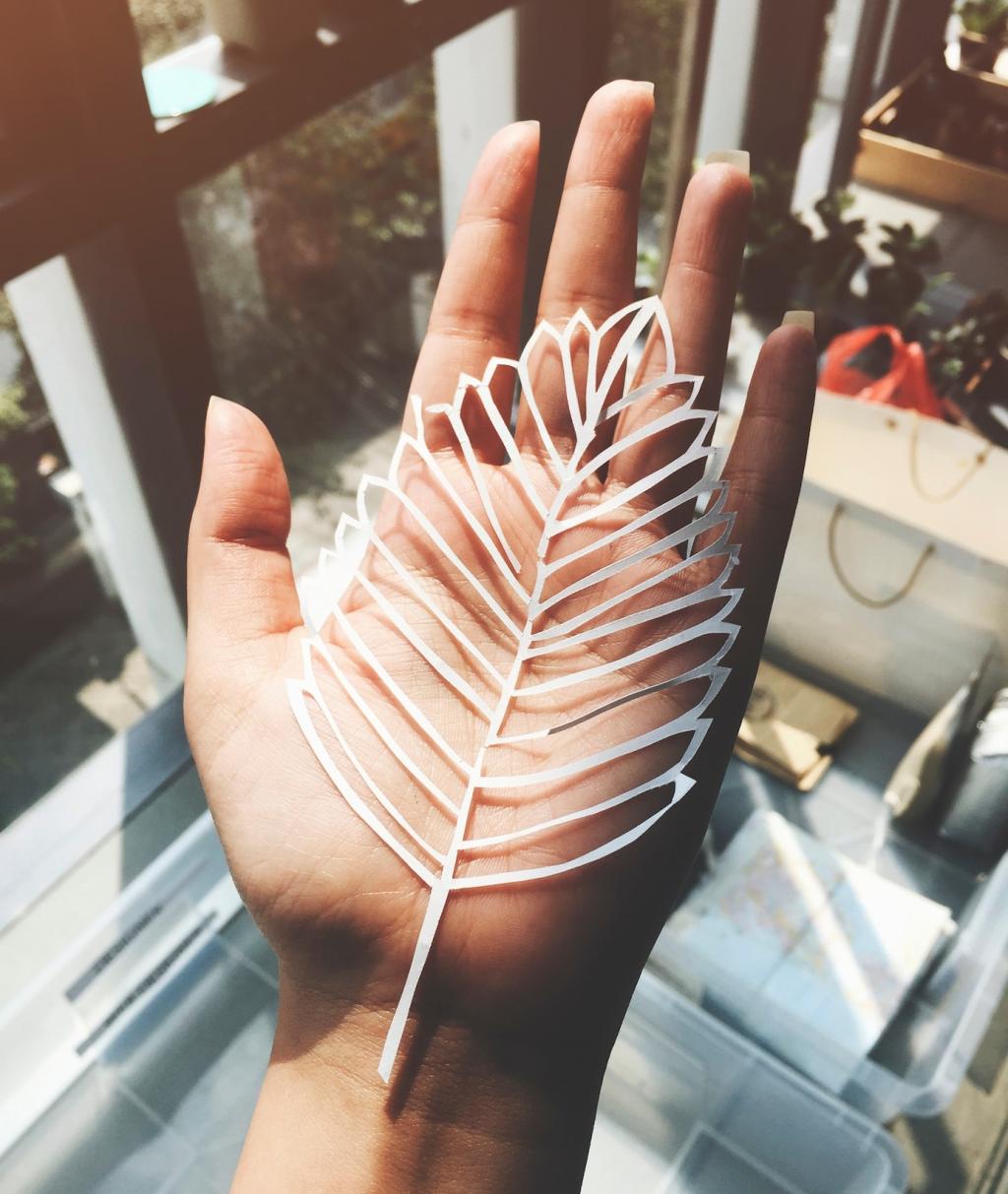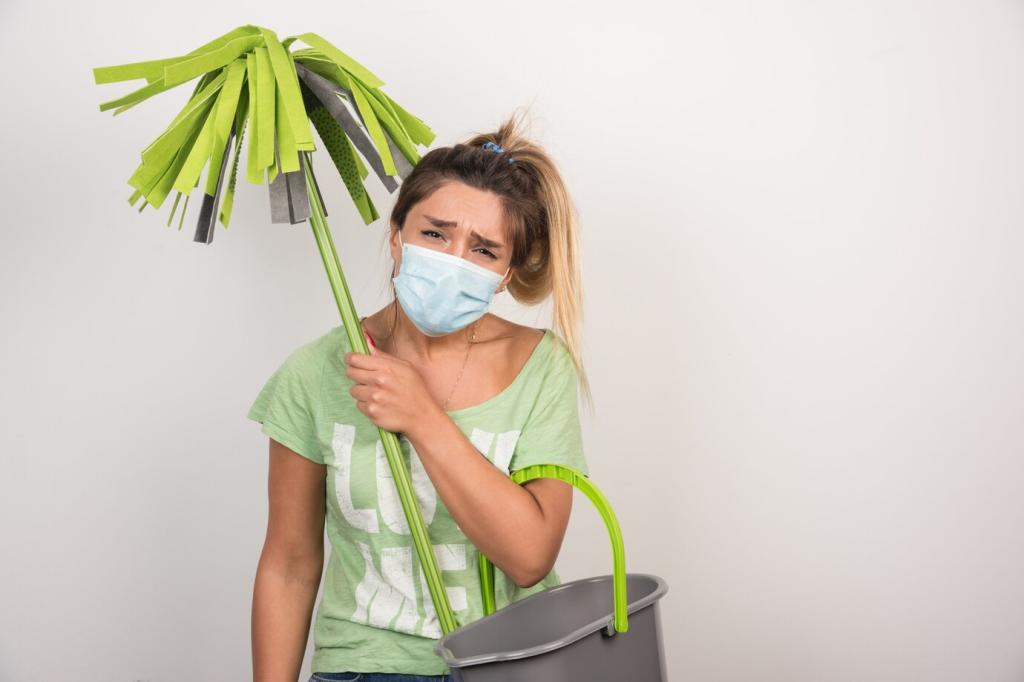
Breathe Easy: Chemical-Free Upholstery Cleaning Methods
Selected theme: Chemical-Free Upholstery Cleaning Methods. Welcome to a fresh, breathable home where sofas, chairs, and cushions get truly clean without harsh products. We’ll share gentle, proven methods, real stories, and simple routines you can try today. Subscribe, comment, and tell us which tip transforms your favorite seat.
Why Go Chemical-Free for Upholstery
Many upholstery cleaners leave behind residues that linger in the air and on fibers. Chemical-free methods minimize irritants, particularly helpful for homes with kids, pets, or asthma. Start small: switch one routine this week and notice how your living room smells and feels more naturally fresh.
Why Go Chemical-Free for Upholstery
Harsh products can strip finishes, fade colors, and weaken delicate weaves. With water, heat, and gentle abrasion, you preserve texture and sheen while avoiding premature wear. If you have a heirloom armchair, chemical-free methods help it age gracefully, keeping memories and fabric intact.


Your Chemical-Free Toolkit
Vacuuming With Purpose
A strong vacuum with an upholstery attachment removes dust that dulls fabric and feeds odors. Work methodically, seam to seam, then under cushions. If possible, use a HEPA filter to trap fine particles. Share your best vacuum pattern below and help others perfect their weekly routine.
Microfiber, White Cloths, and Brushes
Keep soft microfiber cloths, a clean white cotton towel for blotting, and a gentle upholstery brush. White cloths prevent dye transfer, while microfiber lifts grime with minimal moisture. Label cloths by task to avoid cross-contamination, and comment with your favorite fabric-safe brush brand.
Steam, Sunlight, and Fresh Air
A handheld steamer delivers heat that helps loosen soils without detergents. Sunlight and airflow can refresh cushions when used carefully. Always test inconspicuous areas for colorfastness, keep steam from saturating foam, and ventilate well. Tell us your best balcony or porch airing trick.
Dry Deodorizing and Freshening
Lightly sprinkle baking soda over dry upholstery, work it in gently with a soft brush, and let it sit for at least thirty minutes. Vacuum thoroughly in overlapping passes. This absorbs everyday odors without masking them. Share before-and-after impressions and how long you let the powder work.
When safe for the fabric, place removable cushions in indirect sun for a short session, rotating to avoid fade lines. Sunlight and airflow help disperse stale odors naturally. Always check care tags first. How do you balance fresh air time with protecting colors in bright climates?
Open opposing windows to create a cross-breeze, elevate cushions on a drying rack, and give fibers breathing room. A gentle draft evaporates moisture and moves odor molecules out. Pair with a thorough vacuum. What’s your favorite time of day for a whole-room airing ritual?
Stain Scenarios Without Harsh Chemicals
Use a clean white towel to blot from the outside inward, lifting liquid before it spreads. Add a little cool distilled water to rehydrate stubborn edges, then blot again. Patience matters more than pressure. Tell us how many towels you go through during emergencies, and what finally works.


Temperature and Distance Control
Keep the nozzle a few inches from the fabric, moving steadily to avoid wetting one spot too long. Use distilled water to minimize mineral spotting. Always test first. Share your preferred distance and whether a slower or faster pass gave your upholstery the smoothest, renewed look.

Slow Passes and Immediate Blotting
After each slow steam pass, blot with a clean towel to lift loosened soils before they settle back. This small habit dramatically improves clarity and reduces rings. Do a cushion half-and-half test, then comment with the difference you can see under daylight near a window.

Drying: Fans, Towels, and Time
Accelerate drying with a circulating fan, open windows, and absorbent towels tucked at seams. Avoid sitting until cushions feel completely dry. Proper drying helps prevent musty odors. What drying setup works in your climate? Share your favorite fan placement or rack solution for better airflow.
Short, cautious sessions of indirect sunlight and steam heat can help reduce surface microbes and odors on suitable fabrics. Always protect colors and avoid overexposure. Rotate cushions and monitor warmth with your hand. Tell us how you time these sessions for safety and effectiveness.
Natural Disinfection and Allergen Reduction
Regular HEPA vacuuming captures dust, dander, and pollen that settle deep in upholstery. Work slowly along tufting and piping, where particles hide. Pair with open windows for ventilation. Do you notice easier breathing after a careful pass? Share your schedule and any helpful attachment tricks.
Natural Disinfection and Allergen Reduction
Long-Term Care Habits That Stick
Choose one day for a thorough vacuum, quick baking soda refresh where needed, and a short airing. Set a calendar reminder and keep supplies together. Small, regular sessions outcompete occasional marathons. Which day fits your life, and how do you turn it into a stress-free ritual?
Join our mailing list
